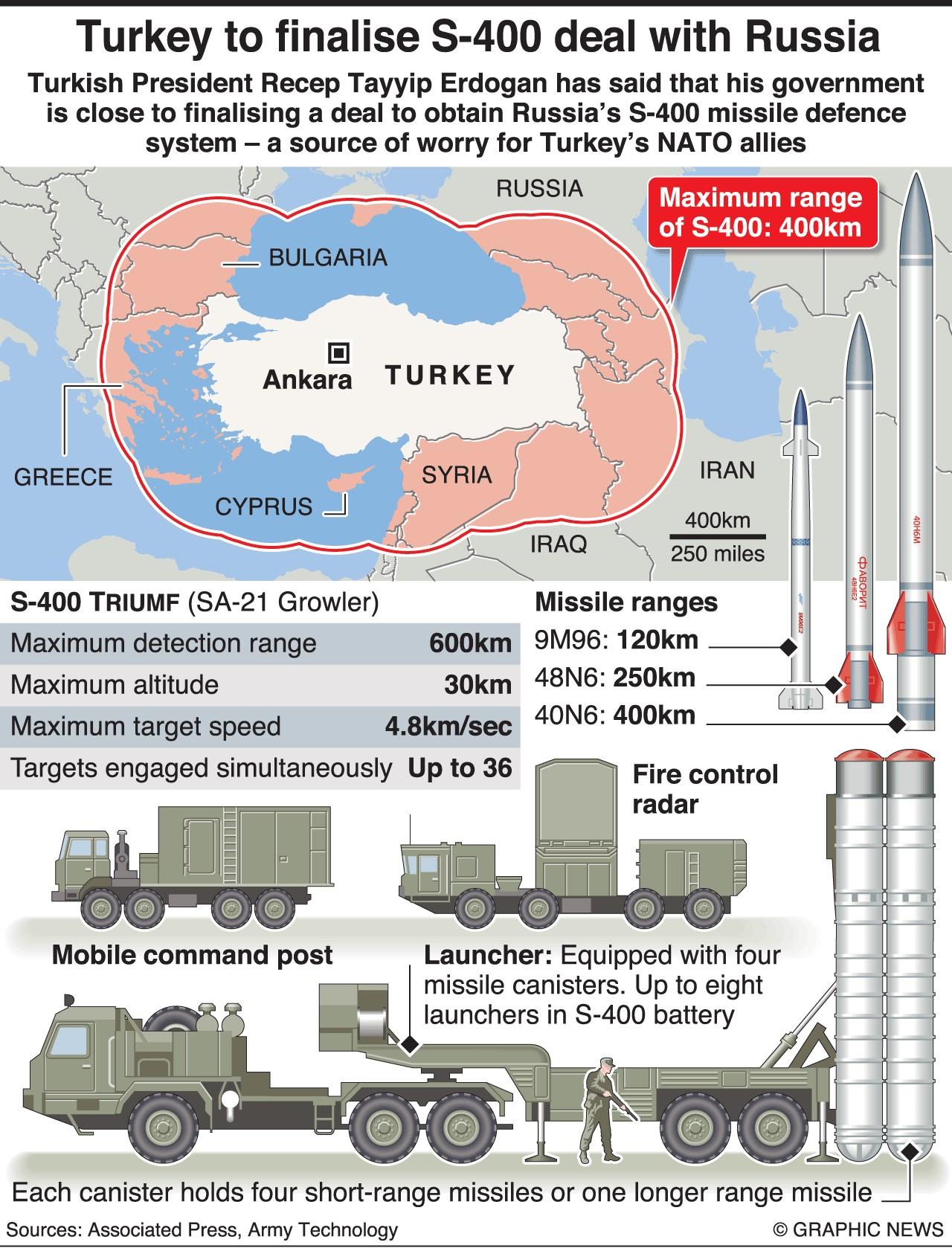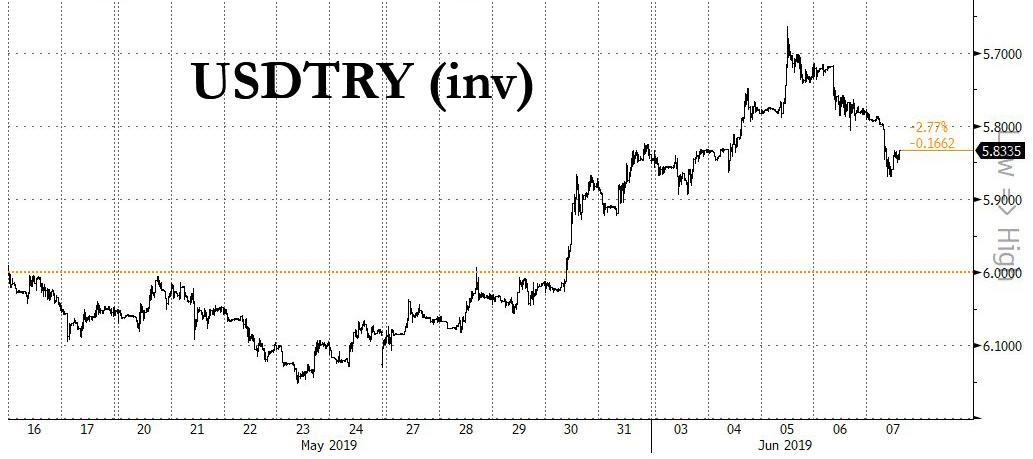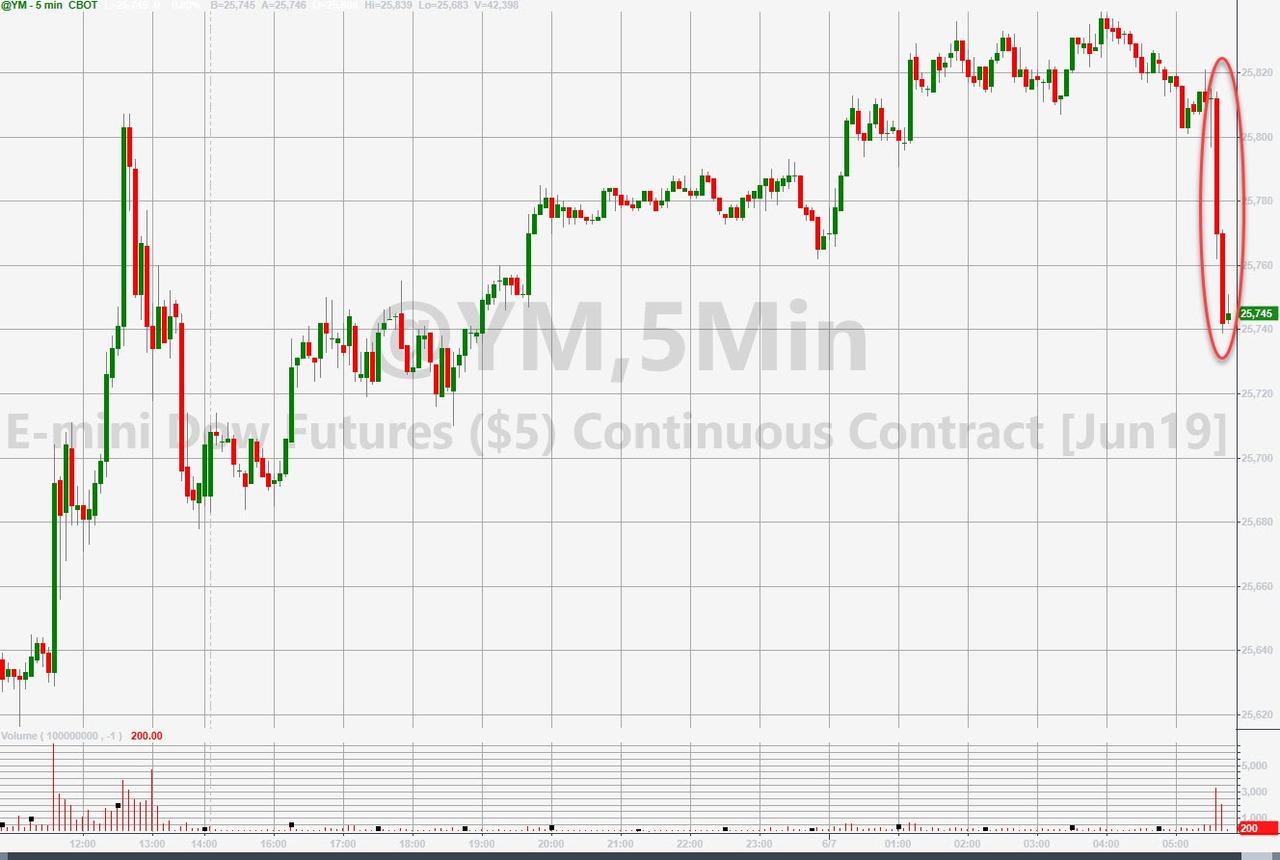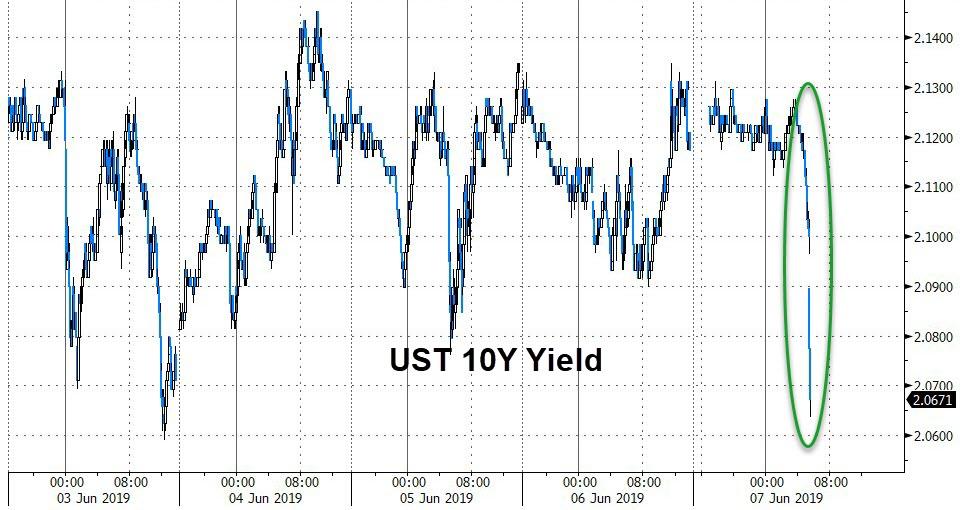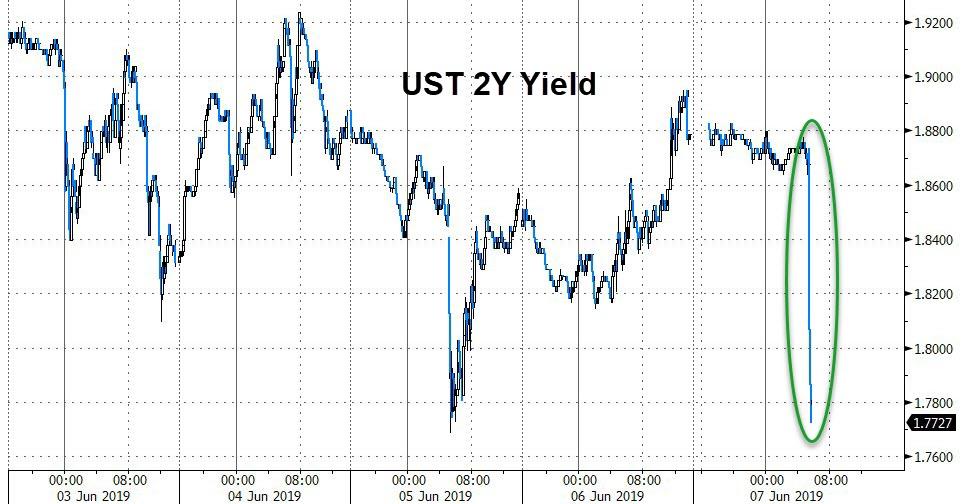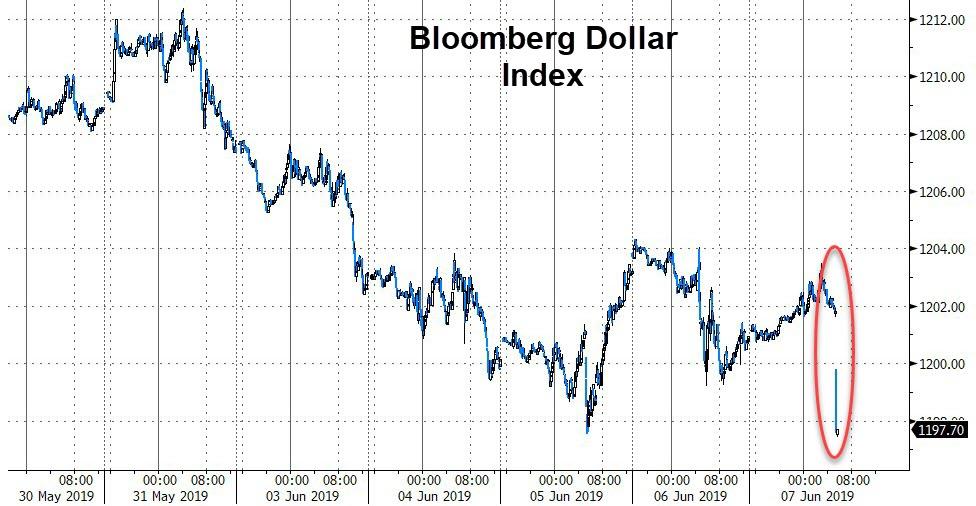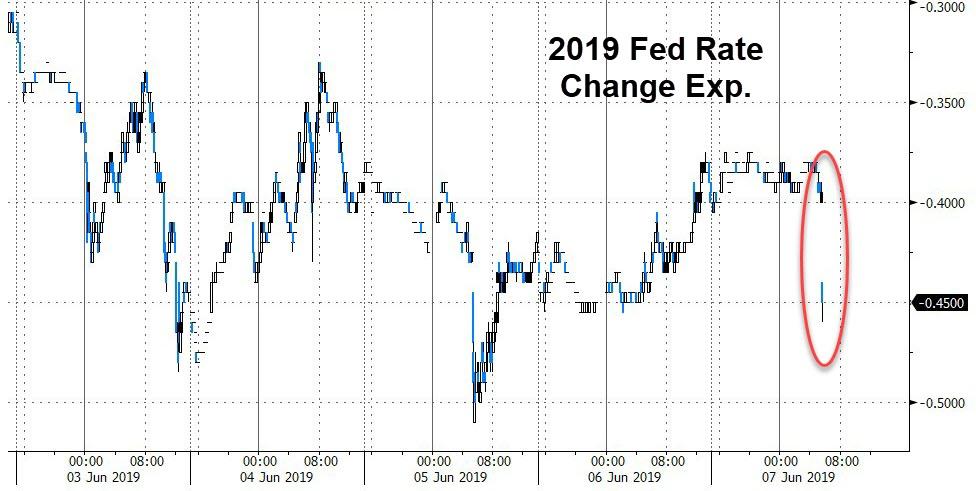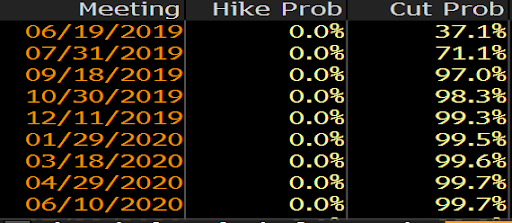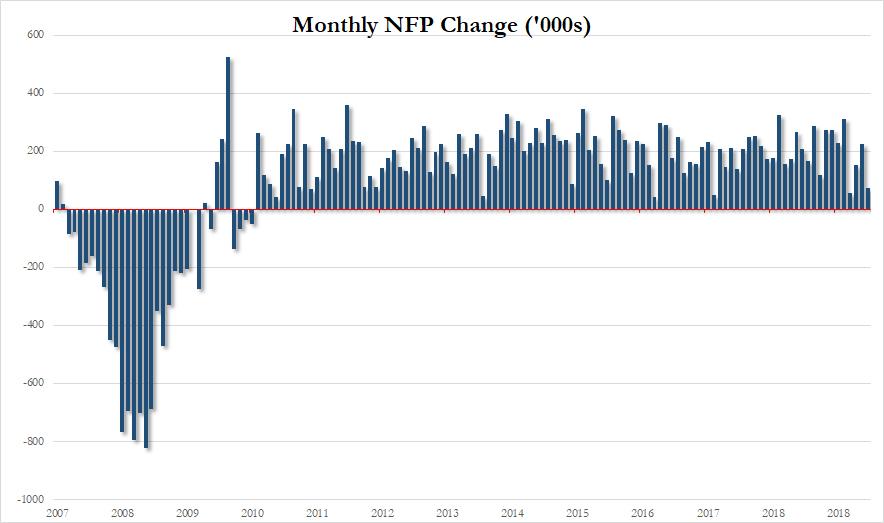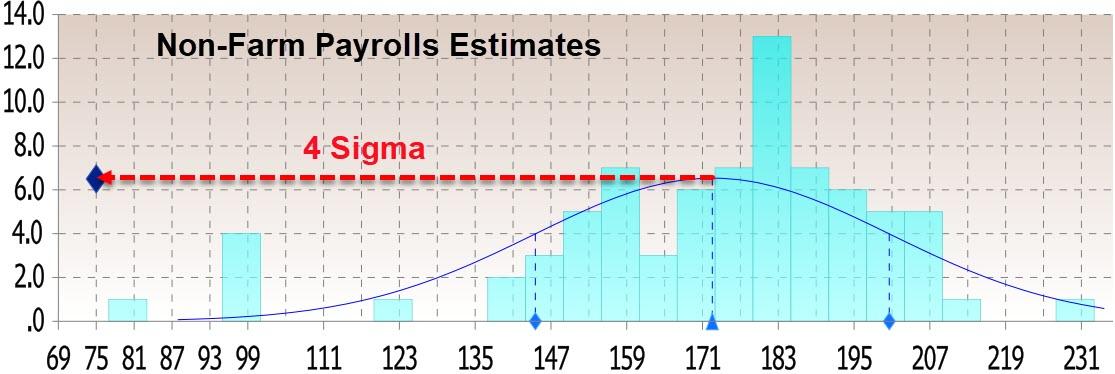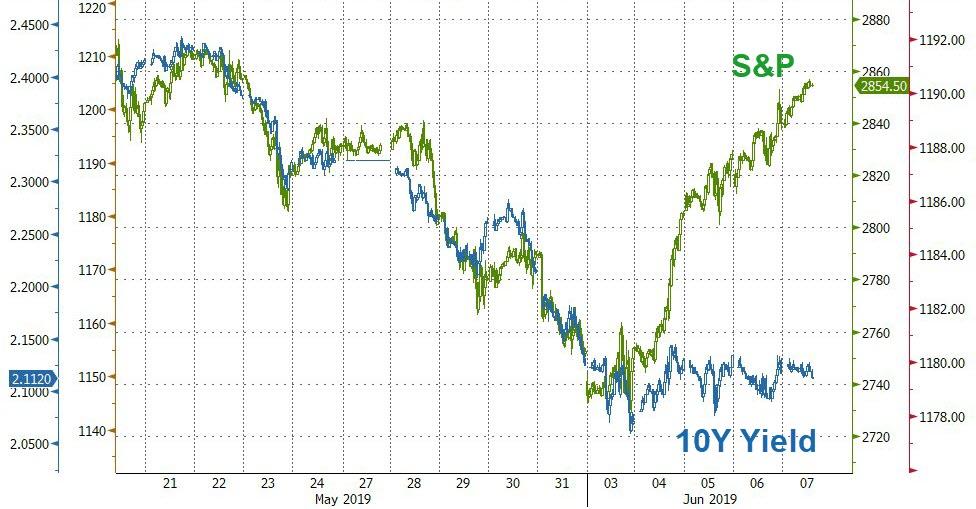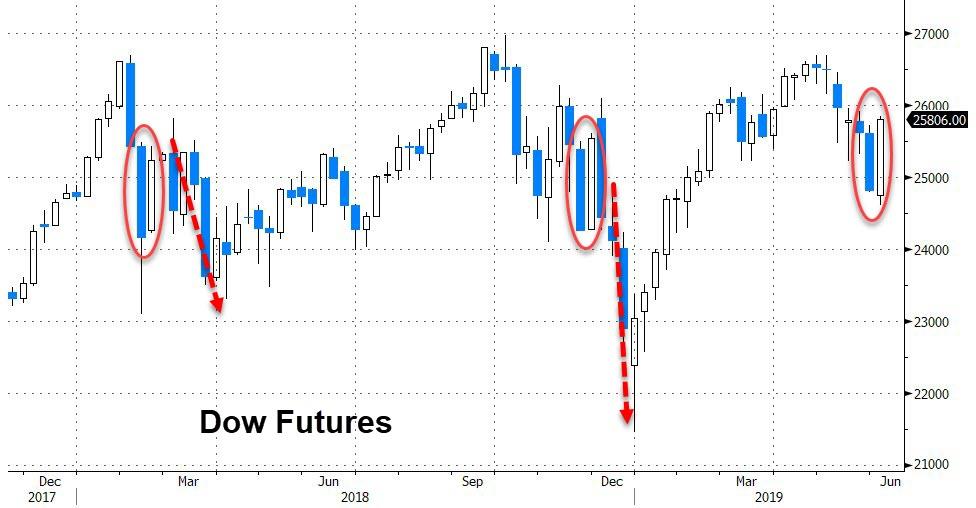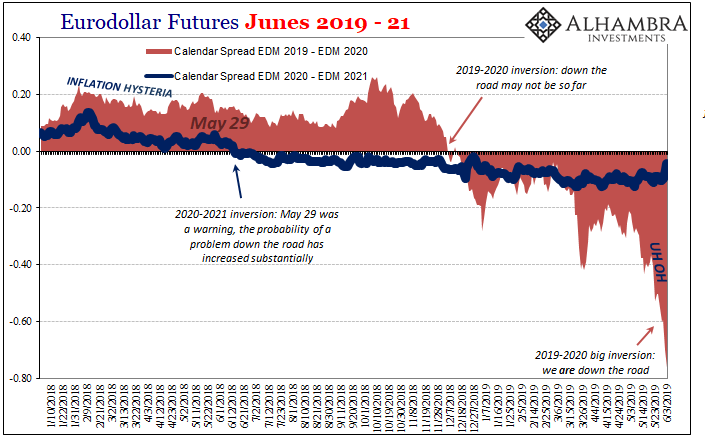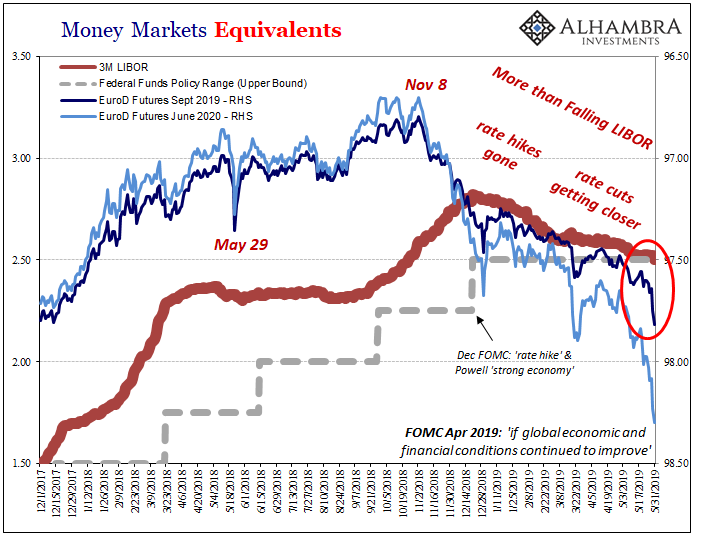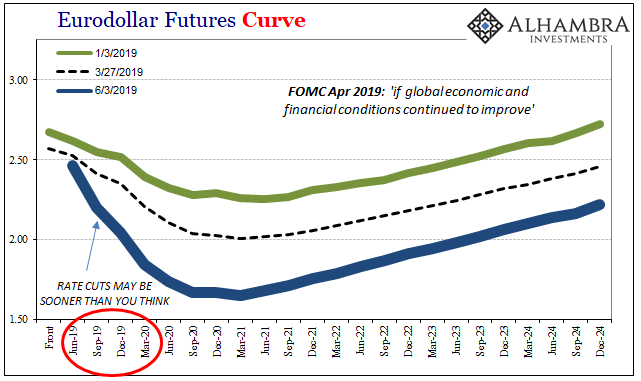With the pissing contest between Russia and the US over who will sell Turkey advanced defense missile systems raging, and which the Kremlin appears to be winning, on Friday the US decided to stop accepting any additional Turkish pilots who were set to come to the United States to train on F-35 fighter jets, officials told Reuters in a clear sign of the escalating dispute over Ankara’s plans to purchase Russian air defenses.
The NATO member states have sparred publicly for months over Turkey’s order for Russia’s S-400 air defense system, which Washington says poses a threat to the Lockheed Martin Corp F-35 stealthy fighters, which Turkey also plans to buy.
The US position is simple: Turkey cannot have both, but has avoided taking steps until now to curtail or halt planned training of Turkish pilots in the program, a reprisal that could be seen as an embarrassment in Turkey.
Reuters sources said that the decision could still be reversed, if Turkey altered its plans, however so far Erdogan has refused to do so, oblivious of the escalating war of words from the US, which may soon resort to implementing fresh tariffs on Ankara, whose economy has seen a sharp contraction ever since the issue first came to a head last summer. The sources said the decision so far only applied to upcoming rounds of Turkish pilots and maintenance crews who would have normally come to the United States.
According to Reuters, there has not yet been a formal decision to halt the training of the Turkish pilots and maintenance crews now at Luke Air Force Base in Arizona, although a separate report last week said that the step was being seriously considered.
Four Turkish pilots are currently training at Luke. Two additional Turkish pilots are at the U.S. base working as instructors. Beyond those six Turkish officers, there are an additional 20 Turkish aircraft maintainers at the base undergoing training as well, the U.S. military says.
Turkey has expressed interest in buying 100 of the fighters, which would have a total value of $9 billion at current prices; which is why we doubt the US would ultimately refuse to sell them under pressure from US neocons.
Of course, further escalation is not unlikely, and if Turkey were removed from the F-35 program, it would be one of the most significant ruptures in recent history in the relationship between the two allies, experts said. But strains in ties between Washington and Ankara already extend beyond the F-35 to include conflicting strategy in Syria, Iran sanctions and the detention of U.S. consular staff in Turkey.
The announcement of the decision on the pilots follows signs that Turkey is moving ahead with the S-400 purchase. Defense Minister Hulusi Akar said on May 22 that Turkish military personnel were receiving training in Russia to use the S-400, and that Russian personnel may come to Turkey. Separately, president Erdogan said on Tuesday it was “out of the question” for Turkey to back away from its deal with Moscow.
Kathryn Wheelbarger, one of the Pentagon’s most senior policy officials, said last week that Turkey’s completion of the transaction with Russia would be “devastating,” dealing heavy blows to the F-35 program and to Turkish interoperability within the NATO alliance.
“The S-400 is a Russian system designed to shoot down an aircraft like the F-35,” said Wheelbarger, an acting assistant secretary of defense. “And it is inconceivable to imagine Russia not taking advantage of that (intelligence) collection opportunity.”
News of the escalation sent the lira sliding, ending a whopping 10-day streak of gains for the Turkish currency, the longest since May 2014, as traders returned from the 3-day Eid break.
Not helping the currency was an announcement by the country’s finmin (and Erdogan son-in-law) said inflation may fall to single-digit levels (which is impossible unless the government gives the “China” treatment to its economic data), which however would suggest the central bank would be more likely to cut rates sooner.
via ZeroHedge News http://bit.ly/2WSbiMb Tyler Durden
